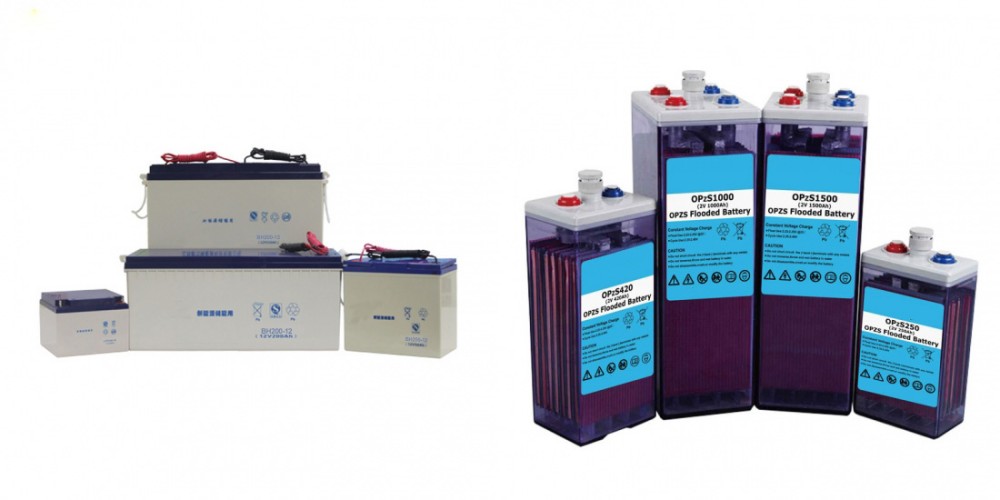Lead-acid batteries are commonly used in a variety of applications, including automotive, marine and industrial environments. These batteries are known for their reliability and ability to provide consistent power, but how long can a lead-acid battery sit idle before failing?
The shelf life of lead-acid batteries depends largely on several factors, including temperature, state of charge, and maintenance. Generally speaking, a fully charged lead-acid battery can sit idle for about 6-12 months before it begins to fail. However, there are steps you can take to extend the shelf life of your lead-acid batteries.
One of the most important factors in maintaining the life of a lead-acid battery is maintaining its charge. If a lead-acid battery is left in a discharged state, it can cause sulfation, the formation of lead sulfate crystals on the battery plates. Sulfation can significantly reduce battery capacity and life. To prevent sulfation, it is recommended to keep the battery at at least 80% charged before storage.
In addition to maintaining a proper state of charge, it’s also important to store batteries at moderate temperatures. Extreme temperatures, whether hot or cold, can negatively affect lead-acid battery performance. Ideally, batteries should be stored in a cool, dry place to prevent performance degradation.
Regular maintenance is also an important factor in maintaining the life of lead-acid batteries. This includes checking the battery for any signs of corrosion or damage, and making sure the terminals are clean and tight. Also, it is important to regularly check the fluid level in the battery and refill it with distilled water if necessary.
If you are storing lead-acid batteries for long periods of time, it may be helpful to use a battery maintainer or float charger. These devices provide low charge to the battery and help prevent self-discharge and sulfation.
All told, lead-acid batteries can sit idle for about 6-12 months before starting to lose their effectiveness, but this time can be extended by taking appropriate precautions. Maintaining a proper state of charge, storing batteries at appropriate temperatures, and performing regular maintenance can all help extend the shelf life of lead-acid batteries. By following these guidelines, users can ensure that their lead-acid batteries remain reliable and effective for years to come.
Post time: Feb-23-2024





